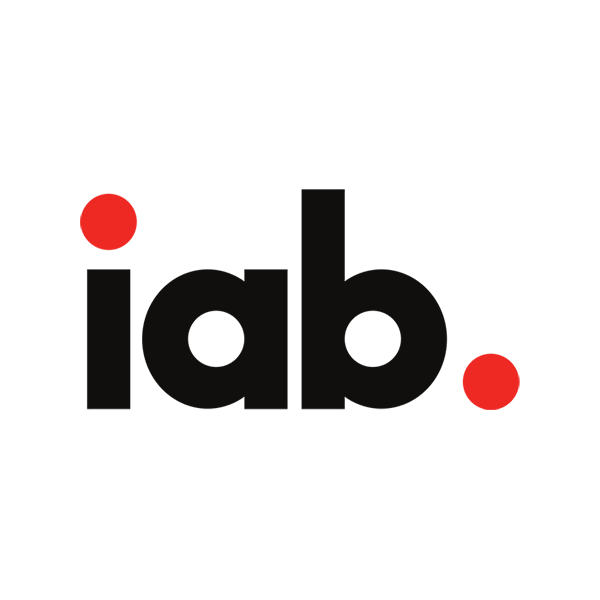Targeting the Affluent Through Digital Advertising


Advertisers have long been puzzled by how to get rich people to respond to their work. Traditionally, the wealthiest American consumers, which usually means those who live in homes that bring in at least $100,000 in annual incomes, are the hardest group for marketers to reach through media like television or radio, but a recent study released by the Interactive Advertising Bureau (IAB) shows that these consumers are flocking to embrace digital media, and the ads that come with it.
Attracting affluent consumers through online advertising is critical for two reasons. According to the survey, affluents currently comprise 21 percent of US households, but own 70 percent of all consumer wealth and spend 3.2 times more than other Americans on their purchases.
In addition, they are also far more technologically savvy than their counterparts. Currently, 98 percent of affluent customers use the Internet, while only 79 percent of the general population is online. Comparatively, affluents spend 26.2 hours on the Web, and only 17.6 watching television and just 7.5 listening to the radio. The general population, however, spend 34 hours watching television and 16 listening to the radio, while spending just 21.7 hours on the Internet. Affluent consumers are also twice as likely to own smartphones and nearly 80 percent of affluent Americans polled said that they have become "intertwined with technology" over the past decade.
"Affluents have long been one of the hardest to reach and most important consumer groups," said Sherrill Mane, Senior Vice President of Industry Services, IAB. "They're now more important than ever - not only do they control most consumer spending power, but they may be the key to leading our economy out of the recession. And the new research shows that when it comes to digital media, the old paradigm has been superseded: the wealthiest Americans use digital media far more than their less affluent counterparts."
The study in question, which was conducted for the IAB by Ipsos Medelsohn, who have been surveying the affluent market since 1977, found that not only does this affluent target group use the Internet more, but they are also more likely to recall ads that they see. They also tend to be more award of advertised brands, products, and services. In the survey, 88 percent of affluent customers recalled being exposed to at least one digital advertisement in the previous week, compared to just 84 percent of non-affluent users. Moreover, affluents could remember 21.1 ads on average, whereas non-affluents only recalled 20.2.
IAB also reported that affluent consumers were more likely to be aware of new products, companies, and websites after seeing digital ads for them.
Perhaps most importantly for advertisers, however, is that 59 percent of affluents in the study said that they took action based on a digital ad that they had seen over the past six months.
"While that number doesn't differ significantly from other Internet users, it is of great significance to advertisers seeking to reach this elusive, yet important, market segment," said Mane. "The combined reach, exposure and influence of digital as an ad vehicle to affluent households is simply unprecedented."
Affluents were also reported as being more likely than non-affluents to share information about themselves in order to "get a more customized online experience." What they really want, according to the study, is a customized experience that contains ads relevant to their current shopping interests, no matter where they are scouring the Internet.
"Affluent consumers have increasingly come to desire relevant and customized experiences, in part because they are living technology-infused lifestyles," said Bob Shullman, President of Ipsos Mendelsohn. "Virtually all the affluent are online. Their ownership of tablets and e-readers has increased by 50 percent over the past six months, and shows every indication of continued growth. They have come to expect the benefits of digital media, even if it doesn't alleviate all work-life pressures."
Armed with this new information, advertisers and businesses can now try to find new ways into the pocketbooks of America's most wealthy.










